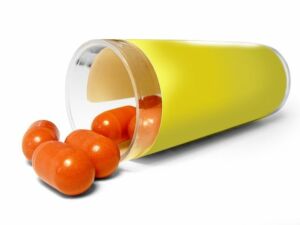News
Debate on prescription drugs: call for cheaper medication
This article is more than 10 years old.
Venstre’s Jens Stenbæk calls for prioritising cheaper medicine over the more expensive products

Are expensive drugs worth the cost? (photo: Pixabay)
When you are ill and go via the doctor to the pharmacy to collect your prescription medication, you have the choice to purchase publicly subsidised medication at a cheaper price.
However, if you are sick in a hospital bed and need medicine, little attention will be paid to the price of the pills before you are handed the latest preparation with a glass of water.
According to both Venstre and Socialdemokraterne, hospitals must select the newest medicine for clients – no matter what the price.
However, according to experts, it makes very little sense that hospitals are forced to choose the expensive new drugs.
“It is completely incomprehensible to me, and it means that we have to go out to fire staff and reduce other treatments for our citizens,” Jens Stenbæk, the chairman of Region Zealand, told DR.
“It shows a lack of understanding of how our hospitals and health service works in reality.”
Call for the same model
The regions would like to be able to prioritise cheaper drugs for hospital medicine, just as you do with prescription drugs, by assessing whether new drugs are worth the money.
“We want to be able to share the same approach to hospital medicine as you do with prescription drugs. We want to make sure there is a good correlation between what we pay for the medicine and the effect it has,” Stenbæk continued.
Currently, the Medical Reimbursement Committee is in charge of making a judgement call on whether the medication is worth the money.
The law says that the committee must, amongst other things, assess “whether the drug cost is proportionate to its therapeutic value”.
If the price does not match with the effect, authorities should provide cheaper substitutes for the medicine.
Lack of understanding
Stenbæk asserts that the current situation reveals a lack of understanding within the medical sector.
“It is not about limiting some people’s treatment – it’s just that we must afford to treat everyone. We need to be very sure what the consequences are. Therefore, we cannot assume that the answer is always the most expensive drugs,” said Stenbæk.
“We must assess whether the expensive prescriptions are worth the cost, if the next best preparation might cost only half.”










































